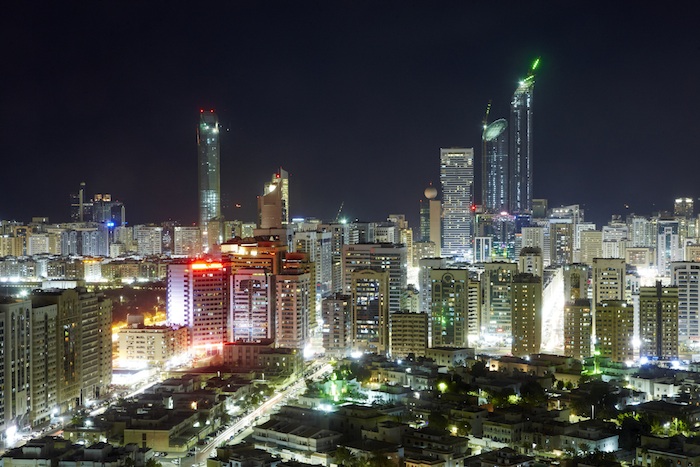Abu Dhabi Urban Planning Council approves 26 projects in Q2
The total floor area of the developments approved more than tripled from the first quarter

The number of new developments approved by the Abu Dhabi Urban Planning Council increased by around 24 per cent in the second quarter of the year when compared to the previous quarter.
The Abu Dhabi UPC revealed that it had given the go-ahead to 26 projects in Q2, up from 21 developments in Q1.
The total floor area of new developments approved also more than tripled to 2,327,073 square metres compared with 708,999 m2 in the previous quarter.
Among the new projects, three are on Abu Dhabi Island, including a mixed-use tower and two residential buildings.
The mixed-use tower has been designed with a five-storey podium that has three 24-storey towers emerging over it, offering views of the Abu Dhabi Corniche. The two residential towers are also both 24-storey buildings.
Some of the other projects that received approval include: the 49-storey Saraya residential tower on the Abu Dhabi Corniche; the 300-bed Burjeel Medical City project in Mohamed bin Zayed City; the Remah Emirati Housing Stage 2 residential project in Al Ain and a mixed-use project in Mirfa.
The UPC has also allowed for the expansion of the female students accommodation at Abu Dhabi University.
Abu Dhabi’s real estate market has seen a slowdown in new housing supply this year, a recent report by Abu Dhabi Islamic Bank found.
A total of 1,647 units entered the market in Q2 bringing the total number of units supplied this year to 2,397, it said. An additional 4,200 units are expected to be completed by the end of 2015.
The 2015 supply represents a 2.9 per cent increase in total housing stock in the capital and is the lowest level of increase in the last five years, the report added.
However, the emirate’s residential property market, which grew strongly in 2013 and 2014, is also currently facing a cooling-off period linked to weaker sentiment and lower oil prices.
Average sales prices across the capital’s freehold markets increased by just under 24 per cent in 2014, compared to 31 per cent in 2013, and only 0.5 per cent in Q1 2015, according to Cluttons.
